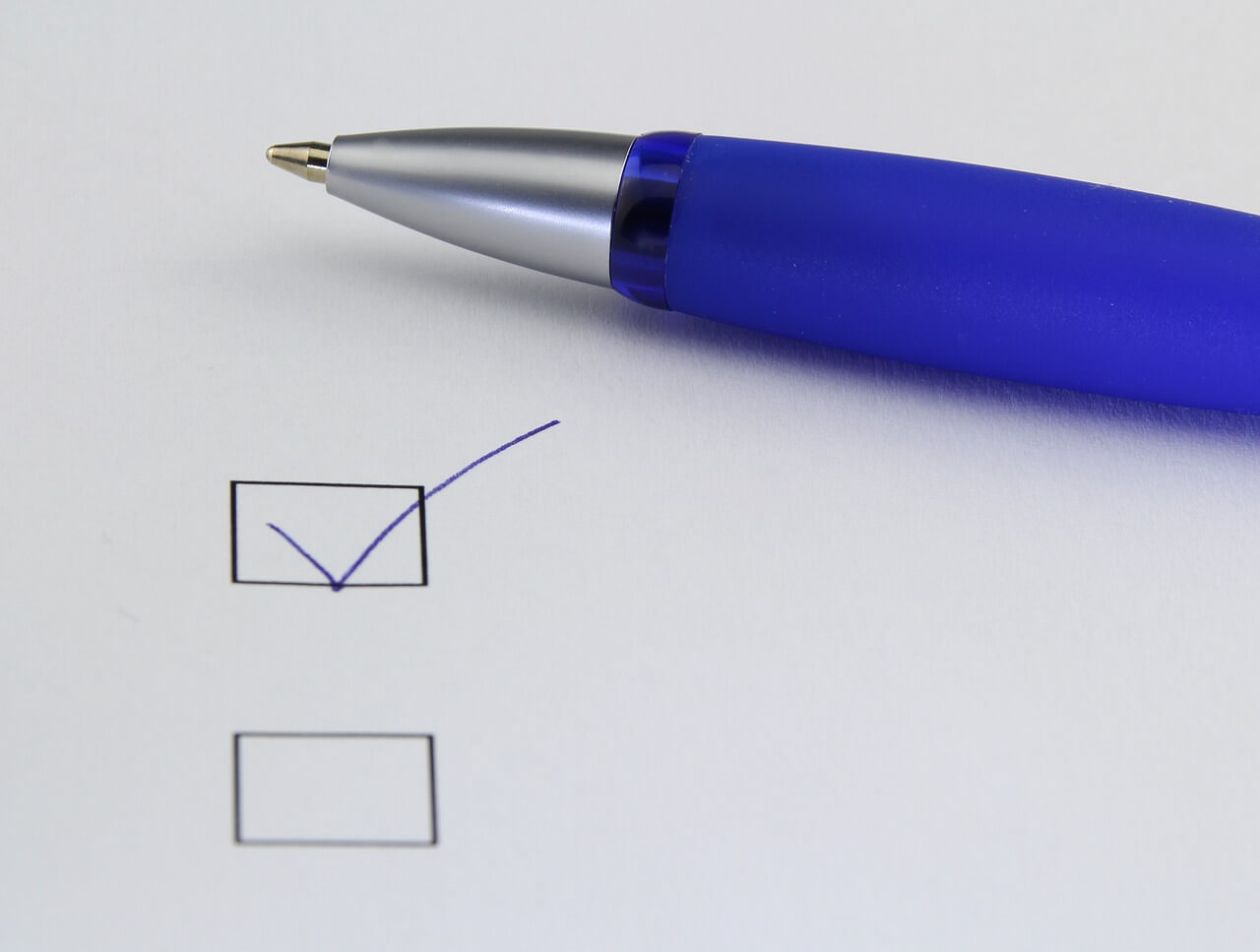Contributed by Deane Gradous, Twin Cities consultant
This is a title:
The subtitle qualifies it
The title is large type, centered, and may be in all caps or sentence style as above. The introduction to the paper requires no heading because it comes first. The statement of purpose comes early in the introduction and is often followed by a list of the specific objectives the writer expects to achieve in dealing with the topic. In the following sentences or paragraphs, the writer provides background information to help the reader understand the context, definitions, assumptions, history, and so on.
The writer may close the introduction with his or her plan for organizing the main points of the paper that follows. Papers that are ten or more pages long require a title page, a table of contents, and an executive summary.
This is a major heading
Major headings are typed flush left, sans-serif if possible (that is, use of characters that have no curled or enlarged “tails”; the font of characters in this document has these “tails” and so is serif in nature), boldface, and four points larger than the paragraph type that follows. They signal the start of large sections of content. Long papers require three levels of headings. Short papers require only two levels of headings.
This is a minor heading
Minor headings are typed flush left, sans serif, boldface, italic, and two points larger than the paragraph type that follows. Headings function as signposts for the reader, who should be able to see the shape of the paper simply by skimming the title and the headings. All headings at a single level must be grammatically parallel. Breaking out long
lists of items that are buried in paragraph text also helps the reader. Lists are indented on the first tab and aligned 0.15″ behind bullets or numbers. Note the following formatting details for the paper:
· One and one-half inch margins all around the page
· Ragged right margins
· Single spacing
· 12-point Times ( This short sample was written in 12-point Times and may show up as such to the reader, depending on settings in their Web browser.)
· No end punctuation for items in a list (unless they are complete sentences)
This is a paragraph heading
.
Paragraph headings use normal paragraph type and boldface. They end in periods, which are not boldfaced. Paragraph
headings are clearly and logically related to the minor heading that precedes them. The paragraphs in this model are block style and have 6 points of added space above, which eliminates the need to double-space between them.
This paragraph is indented behind the first tab. Indent either a long quotation or a long example. Long quotations are referenced (author, year, page number).
Number pages at center or right.
Adapted from: Flower, L. (1981). Problem-solving strategies for writing. San Diego: Harcourt Brace Jovanovich.
Learn More in the Library’s Blog Related to This Topic
In addition to the articles on this current page, see the following blog which has posts related to this topic. Scan down the blog’s page to see various posts. Also, see the section “Recent Blog Posts” in the sidebar of the blog or click on “Next” near the bottom of a post in the blog.
For the Category of Communications (Business Writing):
To round out your knowledge of this Library topic, you may want to review some related topics, available from the link below. Each of the related topics includes free, online resources.
Also, scan the Recommended Books listed below. They have been selected for their relevance and highly practical nature.
 Sections of this topic
Sections of this topic
















